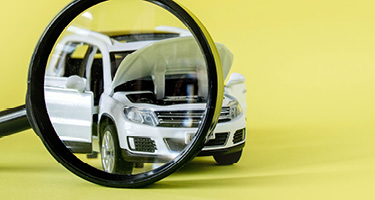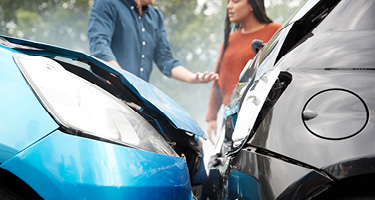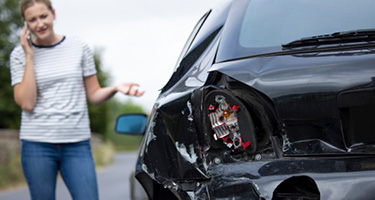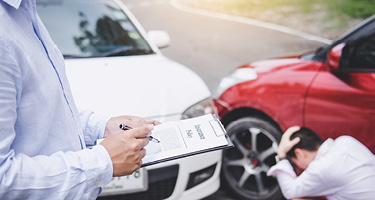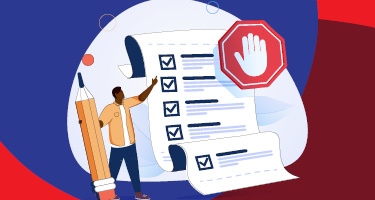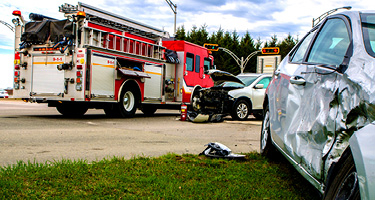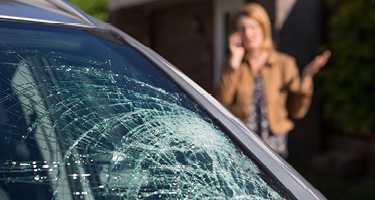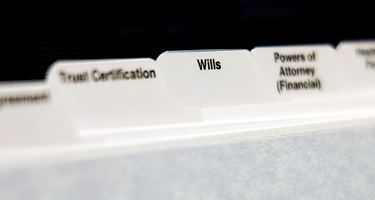Rear-end collisions happen more than any other type of multi-vehicle collision. In an average year, about 29% of crashes will involve a rear-end collision.
These crashes have a high likelihood of causing an injury. By some estimates, 85% of neck injuries caused by car accidents result from rear-end crashes.
As a result, most rear-end crashes lead to insurance claims and lawsuits, where the blame for the accident will play a central role in the issue of liability. Victims who want to file a personal injury claim after a rear-end crash should contact a car accident lawyer for help.
Here are some facts about why rear-end collisions happen and who bears the blame for them.
What Are the Mechanics of Rear-End Collisions?
Rear-end collisions happen when a trailing vehicle hits the rear end of a leading vehicle. In the leading vehicle, the impact forces the occupants into their seats. They then whip forward as the driver hits the brakes or the leading vehicle hits another obstacle.
In the trailing vehicle, the occupants experience the opposite forces. The occupants lurch forward as they hit the leading vehicle. After hitting the seat belt, they whip backward into their seats as the vehicle comes to a stop.
This back-and-forth whipping motion hyperextends the neck before compressing it. The resulting injuries in the neck and back can cause severe pain and even damage the spinal cord.
The whipping motion can also cause the brain to slosh inside the skull. The sloshing of the brain can cause a brain injury, such as a concussion or contusion.
The airbags will likely deploy in the trailing vehicle. This will frequently prevent the occupants of the trailing vehicle from suffering head trauma. However, a concussion can occur even without hitting your head.
Unfortunately, auto manufacturers did not design airbags to deploy when a vehicle gets hit from behind. As a result, the airbags will probably not inflate in the leading vehicle. In addition to neck, back, and brain injuries, the occupants of the leading vehicle may also suffer trauma to the head and face.
What Are the Causes of Rear-End Collisions?
All rear-end collisions happen because of inadequate stopping distance. But vehicles can get too close in many ways, including:
Distracted Driving
According to the U.S. National Highway Traffic Safety Administration (NHTSA), driver inattention is the most common cause of traffic accidents. Almost 23% of accidents have distracted driving as a sole or primary factor.
Distracted driving extends your braking distance. Braking distance includes both the time for you to react and the time for your vehicle to stop. Distractions increase your reaction time. Distracted driving includes anything that takes your mind, eyes, or hands away from the job of driving.
Some common distractions include:
- Using electronics
- Eating
- Adjusting the radio
- Talking to other occupants
- Daydreaming
- Dealing with pets or children
Most of the time, the trailing driver bears the blame for a distracted driving rear-end collision. The driver of the rear vehicle must keep a safe distance from the leading vehicle. If the driver of the rear vehicle gets distracted, the driver should pull over. By remaining in traffic, the driver creates an unreasonable risk of rear-ending the leading vehicle.
Occasionally, the leading driver bears the blame for a distracted driving rear-end collision. The driver of the front vehicle must leave a safe distance when moving into another occupied lane. If the leading driver cuts off the trailing vehicle, the rear driver might not have time to stop before a rear-end crash.
Speeding
Speed contributes to nearly 19% of motor vehicle accidents. Higher speeds give you greater momentum. Speeding includes driving faster than the posted speed limits or driving too fast for current conditions. If the road or lighting conditions interfere with braking, you have less time to react and brake.
For example, wet roads make braking more difficult than dry roads. Speeding on wet roads exposes you to a much higher risk of a rear-end collision than traveling at or below the speed limit.
High speeds also amplify the effects of distractions. At 35 miles per hour, your car travels over 51 feet every second. This means your car will cover over 100 feet during a two-second glance at your phone.
In almost all rear-end collisions resulting from speeding, the rear driver bears the blame.
Perceptual Errors
Perceptual errors include misjudging another vehicle’s distance or speed. They also include errors in judgment about the gap to leave between yourself and the leading vehicle. In other words, perceptual errors include inadvertent tailgating.
Stopping distances depend on many factors, including your brakes and speed. But a good rule of thumb is that you should leave a three-second gap between you and the car in front of you.
This leaves you one second to react and one second to brake, with a one-second safety margin. This formula works because the distance you travel in three seconds will increase as you increase your speed. As a result, you will leave greater distances at greater speeds.
The blame for almost all accidents resulting from tailgating falls on the rear driver.
Driver Incapacity
Driver incapacity includes:
Intoxicated and drowsy driving combined cause about 24% of accidents. Intoxicated and drowsy drivers have an increased reaction time. You cannot react as quickly when the vehicle in front of you stops or slows down, which means you increase the risk of rear-ending it.
Intoxication and drowsiness also cloud your judgment. As a result, you will misperceive your speed, the other car’s speed, and the distance between you.
Aggressive Driving
Aggressive driving does not cause as many accidents as the other causal factors discussed here. But when it does, it often results in rear-end collisions. Specifically, two deliberate maneuvers, tailgating and cutting off other drivers, put you dangerously close to another vehicle so that a rear-end collision can happen.
When you drive aggressively, you deliberately put yourself into a situation that you cannot control. If aggression leads to tailgating, you have a high risk of causing a rear-end collision and bearing the blame for it.
Similarly, if you cut off another driver, you have a high risk that the other driver may hit you from behind. The aggressive driver generally bears the blame for the collision.
How Do You Avoid Rear-End Collisions?
As you follow other vehicles, leave a safe gap between you and other drivers. Avoid driving while distracted or intoxicated.
Although blame usually falls on the rear driver, the leading driver can also take steps to reduce the risk of a rear-end collision. You can change lanes and let a tailgating driver pass. This can save you both the vehicle damage and injuries that result from rear-end collisions. If you do end up injured despite taking precautions, it’s important to hire a lawyer promptly to protect your rights and ensure you receive fair compensation.
Matt Baggett is a personal injury lawyer serving in Jacksonville, FL and its surrounding areas. In 2012, he co-founded Baggett Law Personal Injury Lawyers and ever since he and his legal team have helped recovered tens of millions of dollars for injured clients and their families.

